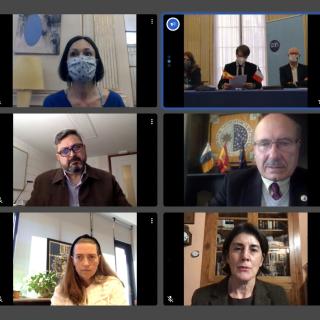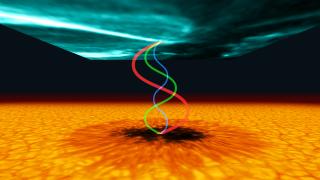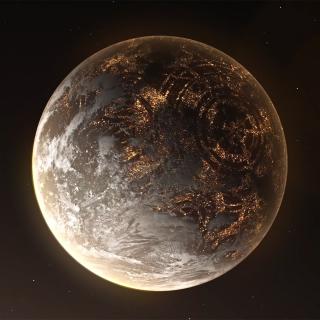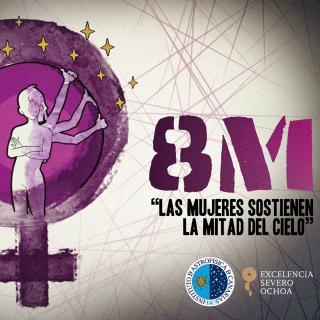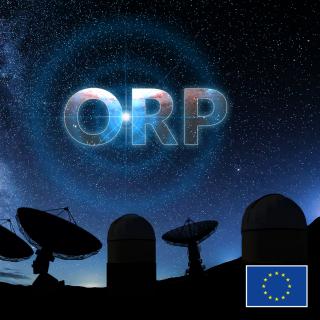
Two astronomy networks are coming together to form the OPTICON-RadioNet PILOT ( ORP), the Europe’s largest ground-based astronomy collaborative network that it will provide scientists with access to a wide range of instruments, promote training for young astronomers, and open the way to new discoveries. With €15 million in funding from the H2020 programme, the CNRS will coordinate the project, together with the University of Cambridge and the Max-Planck Institute for Radio Astronomy. The Instituto de Astrofísica de Canarias (IAC) participates with its observatories and in instrumental
Advertised on

